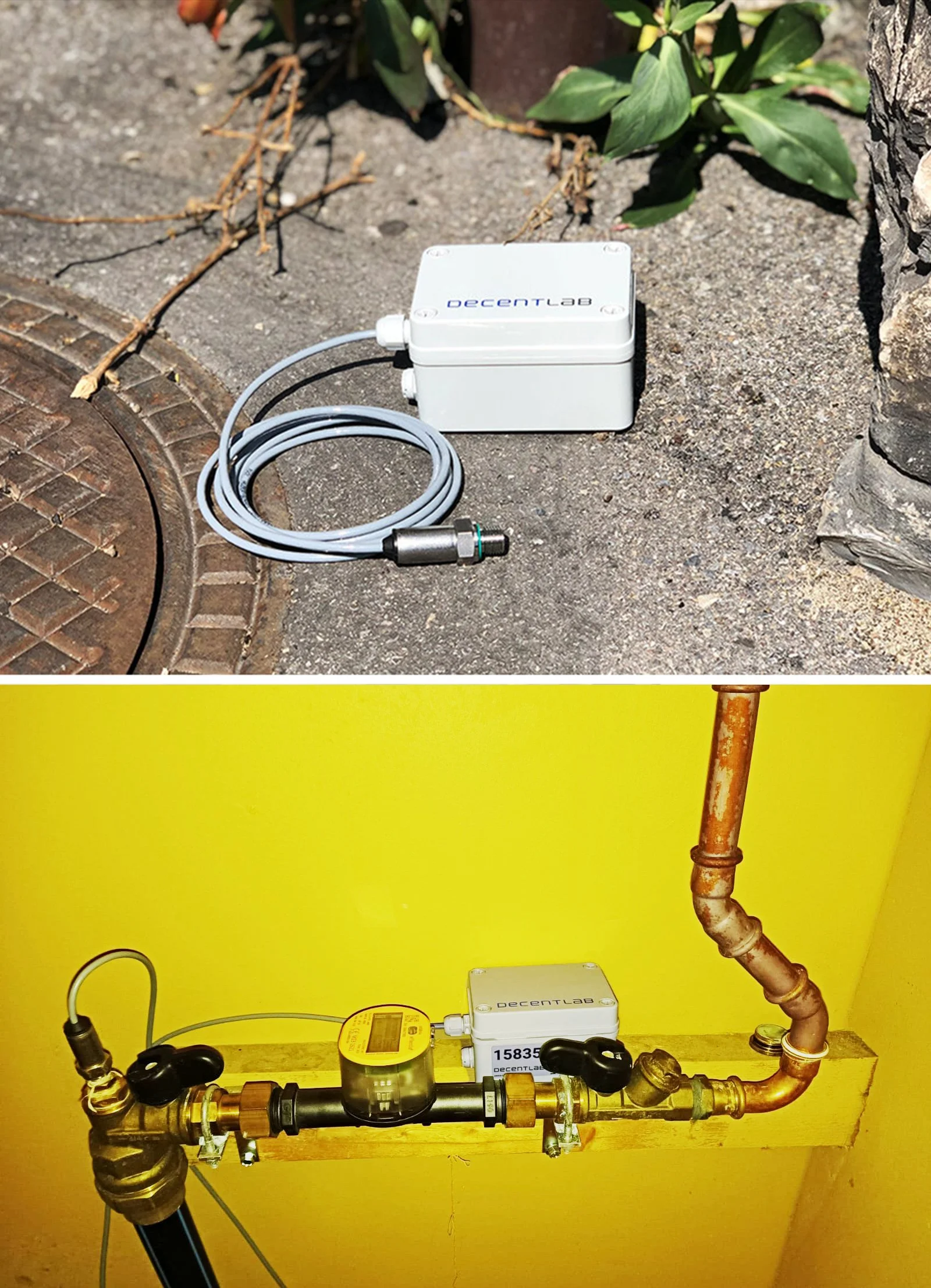Project: Trees in Cities Challenge
/For the first time in history, over half of the world's population lives in cities, and by 2050, two-thirds could reside in urban areas. Cities are major contributors to climate change and simultaneously highly vulnerable to its impacts such as flooding and heat stress. Nature-based solutions like urban trees and forests are crucial for adapting to climate change.
That's why the United Nations Economic Commission for Europe (UNECE) launched the "Trees in Cities Challenge". This initiative invites mayors and local governments worldwide to commit to tree planting and set goals for making their cities greener, more resilient, and sustainable.
By monitoring soil moisture and temperature profiles, cities can ensure the health and resilience of urban trees. Sensors like our DL-SMTP | Soil Moisture and Temperature Profile for LoRaWAN® can be effectively used to accurately measure and monitor such soil conditions. This enables optimal irrigation and thus improves the tree's growth and cooling performance while minimizing maintenance.
Read more about "Trees in Cities Challenge"
Realtime demo of DL-SMTP





















